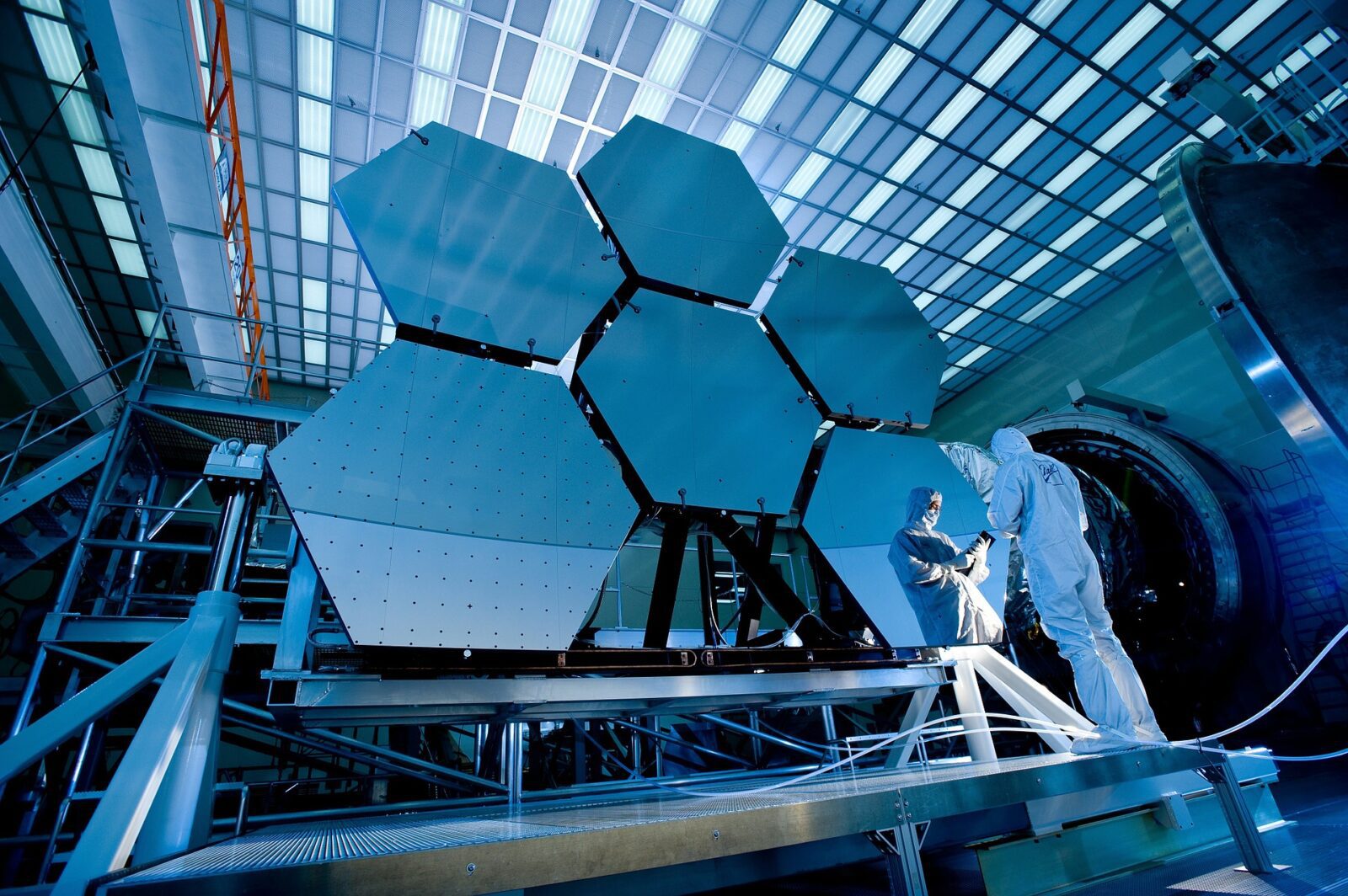The Universe has a long history, the longest of all. It started roughly 13.7 billion years ago along with the Big Bang, a phenomenon that appeared with no apparent cause, had energy from apparently nowhere and started to expand without any apparent reason.
The Hubble Space Telescope that is over three decades old will be replaced by the next-generation James Webb Space Telescope later this year. The new gear will have a closer look at what happened long ago in the Universe’s history.
Targeting planets that are similar to Earth
David Helfland, who is an astronomer from Columbia University, provided some very useful info about Webb to The New Yorker. He says that the telescope will not only examine “Very Far Away”, but also “Very Close”. He even said that the advanced telescope would be looking at planets that aren’t different from Earth.

However, the launch itself may not be so risk-free as many people like to believe. Thomas Zubuchen, who is the associate administrator regarding science missions at NASA, explained that for most missions, the launch part contributes the most of mission risk.
Zubuchen also explained, as quoted by Ars Technica:
Those who are not worried or even terrified about this are not understanding what we are trying to do,
We have worked hard to build the team for this task and it has been a tough journey at times. This mission has a very troubled story with chapters that were disappointing, or even baffling. We are where we are because Webb has some of the best engineers and leaders I have ever met, and they have continued when others were ready to give up.
Hopefully, the James Webb Space Telescope will bring humanity closer to the ultimate goal in astronomy: finding extraterrestrial life forms.












Leave a Reply